LATEST FASHION
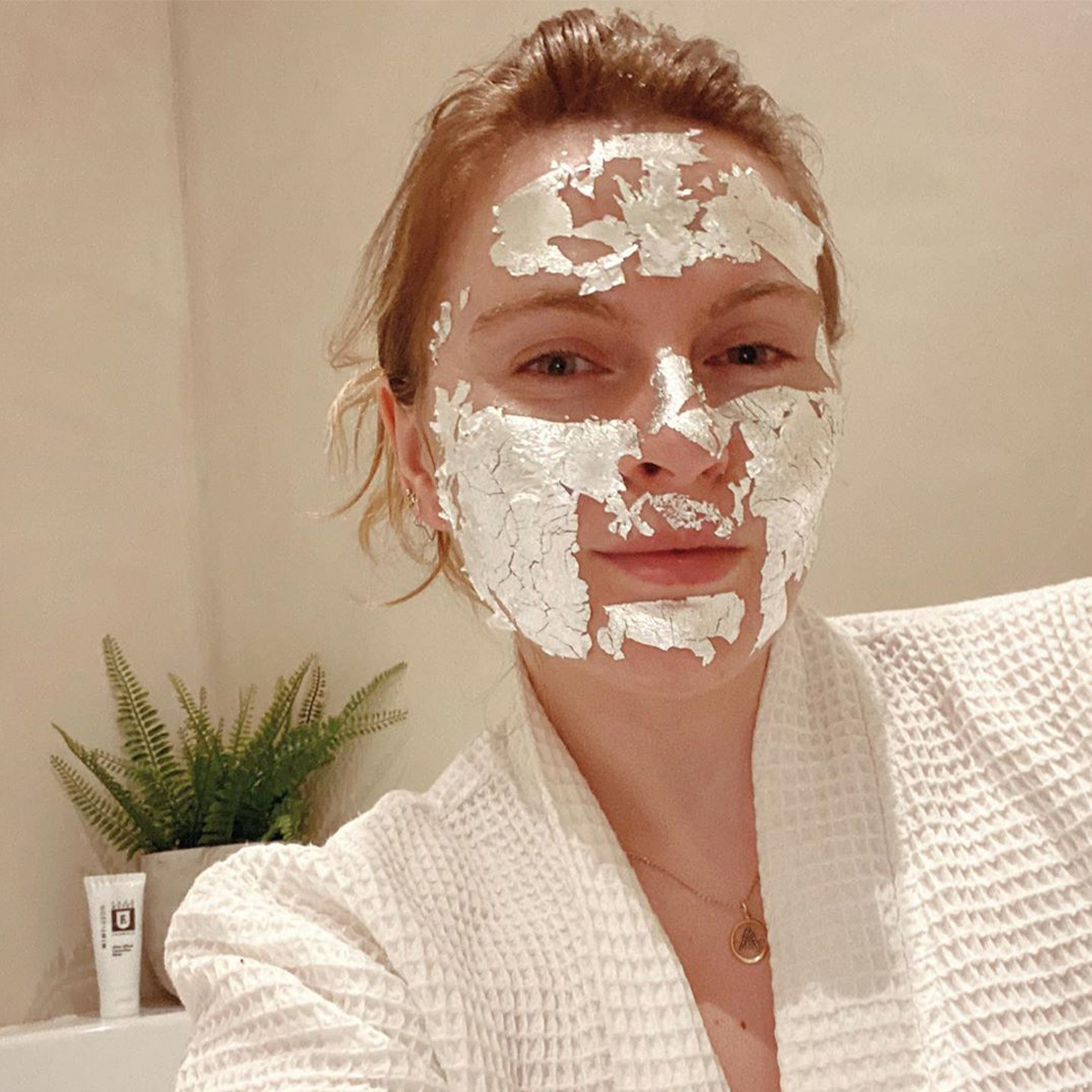
I don't know about you, but blackheads are the bane of my existence. (At least when it comes to tricking people into thinking I have perfect skin.) From big to small, and all the ones in between, they’re excessively stubborn, and even though there are tons of products on the market claiming to make the annoying black dots disappear, I've never had much luck. (And if you have, pray tell.)
That said, the one and only thing that has helped the appearance and occurrence of my blackheads are extraction-heavy facials from my favorite celebrity esthetician, Renée Rouleau. Based in Austin, Texas, Rouleau comes up to L.A. every so often to cater to her celebrity and beauty industry clientele and has nursed my acne-prone skin back to clear, glowy, blackhead-free health more often than I can count. So who better to ask all my burning blackhead-related questions?
As Rouleau explained to me, blackheads are pretty much a fact of life, and almost everybody will experience them at some point or another. Essentially, they're inevitable, but there is definitely some strategy (and hope!) when it comes to managing and treating them. And yes, the only real way to get rid of them is to physically extract them. Sorry, pore strips!
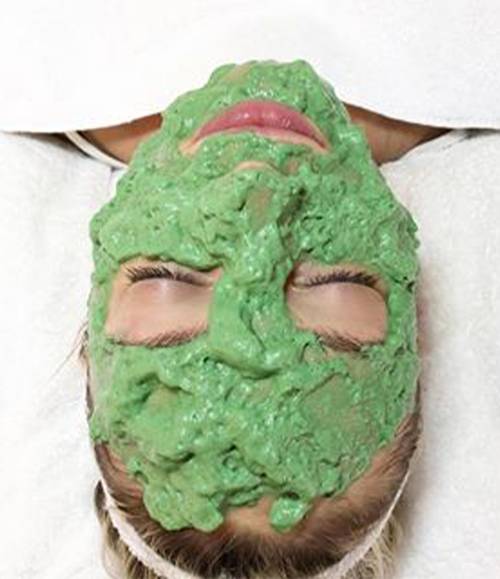
"Whether you remove them yourself or have a professional facial, blackheads must be manually extracted," explains Rouleau. "There's no magic mask or pore strip that will easily lift them out, and while certain products can help the pores from clogging again, they won’t actively clear out a pore that's already clogged."
According to Rouleau, the best way to manage blackheads is to go in for routine facials and extractions—this keeps the pores clean and clear. That said, if you don't have the time or funds for that kind of professional upkeep, fear not! Ahead, I asked Rouleau everything you've ever wanted to know about blackheads—what they are, what causes them, and yes, even how to remove them at home. Keep scrolling!
According to Rouleau, blackheads are large, open pores containing oil that has oxidized from the air, causing it to turn black. "Contrary to what most people believe, blackheads aren't trapped 'dirt;' it's simply oxidized oil trapped in your pore. You can remove the blackhead by extracting it, but once the oil fills back up in the pore, the air will cause the oil to darken once again." So unfortunately blackheads can become kind of a vicious cycle, which means extractions and maintenance is pivotal.
"During a professional facial, an esthetician will raise the temperature of the skin by applying warm steam to the skin and performing a facial massage to 'melt' the hardened oil within the pores to make for easier extractions," Rouleau tells me. "If the skin is properly prepared, extractions shouldn't leave the skin with significant red marks. A cooling mask, post-extraction, will help to calm the skin and reduce any visible redness."
The good news? You can actually create a similar experience at home. (Although if your blackheads are really bothering you, you have a lot of them, or you're just straight-up intimidated, it might not be a bad idea to see a pro, even if it's just the first few times.) Follow the steps below for Rouleau's at-home extraction plan—you'll need plastic wrap, two washcloths, facial tissue, heavy moisturizer, and a blackhead extractor tool (or your fingers). Oh, and make sure to remove your blackheads immediately after a shower, since the skin temperature has been raised, which softens the hardened oil within the pore, making for easier extractions.
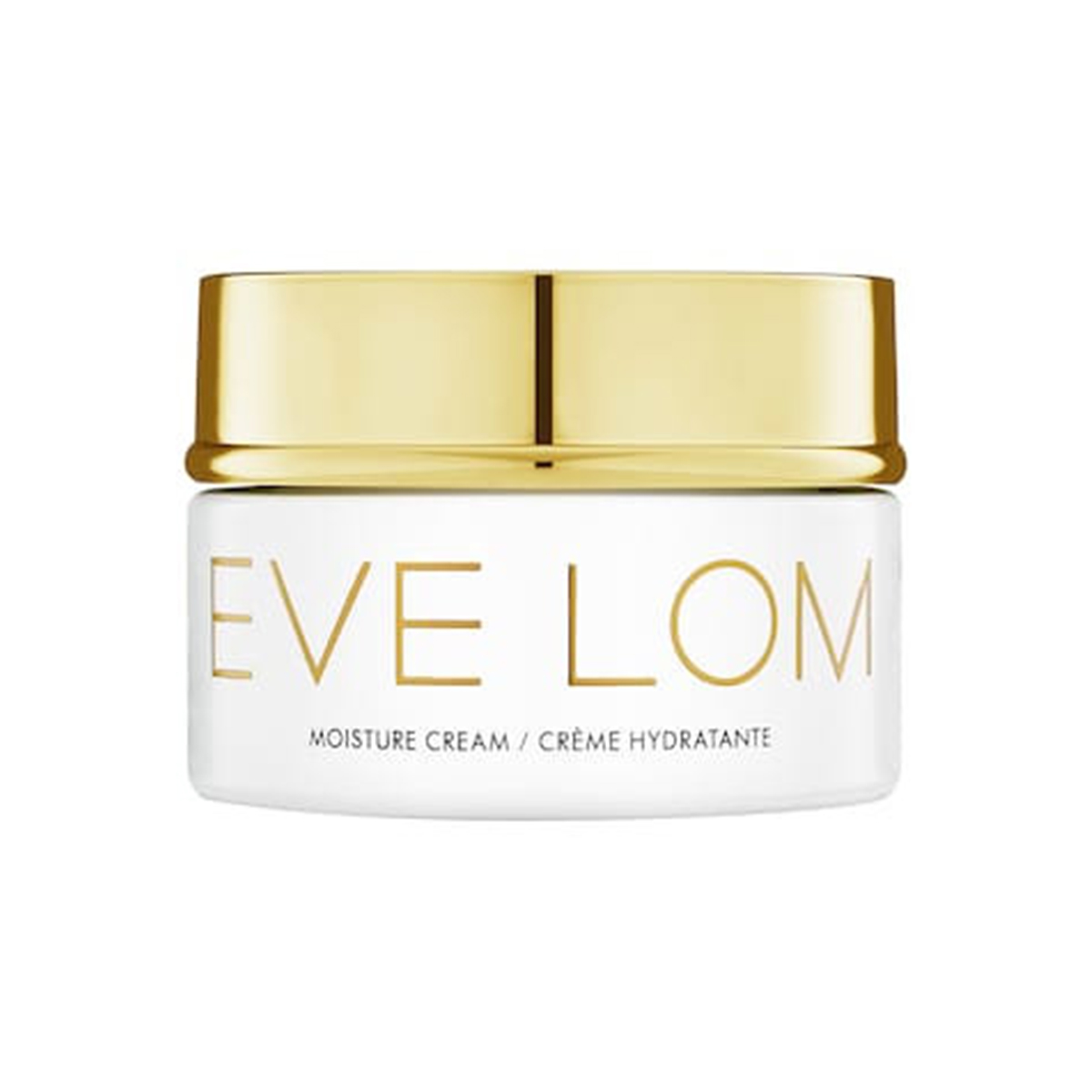
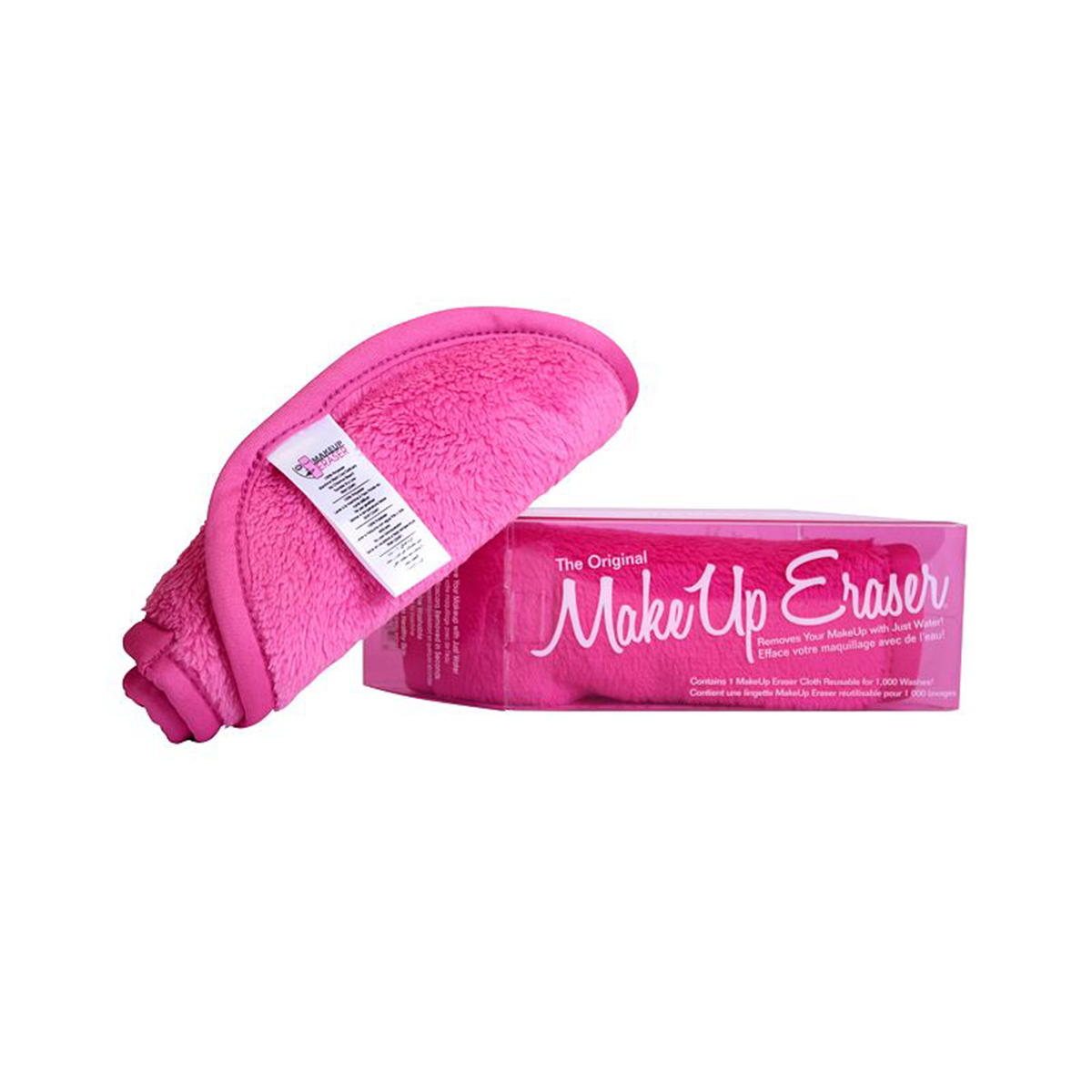
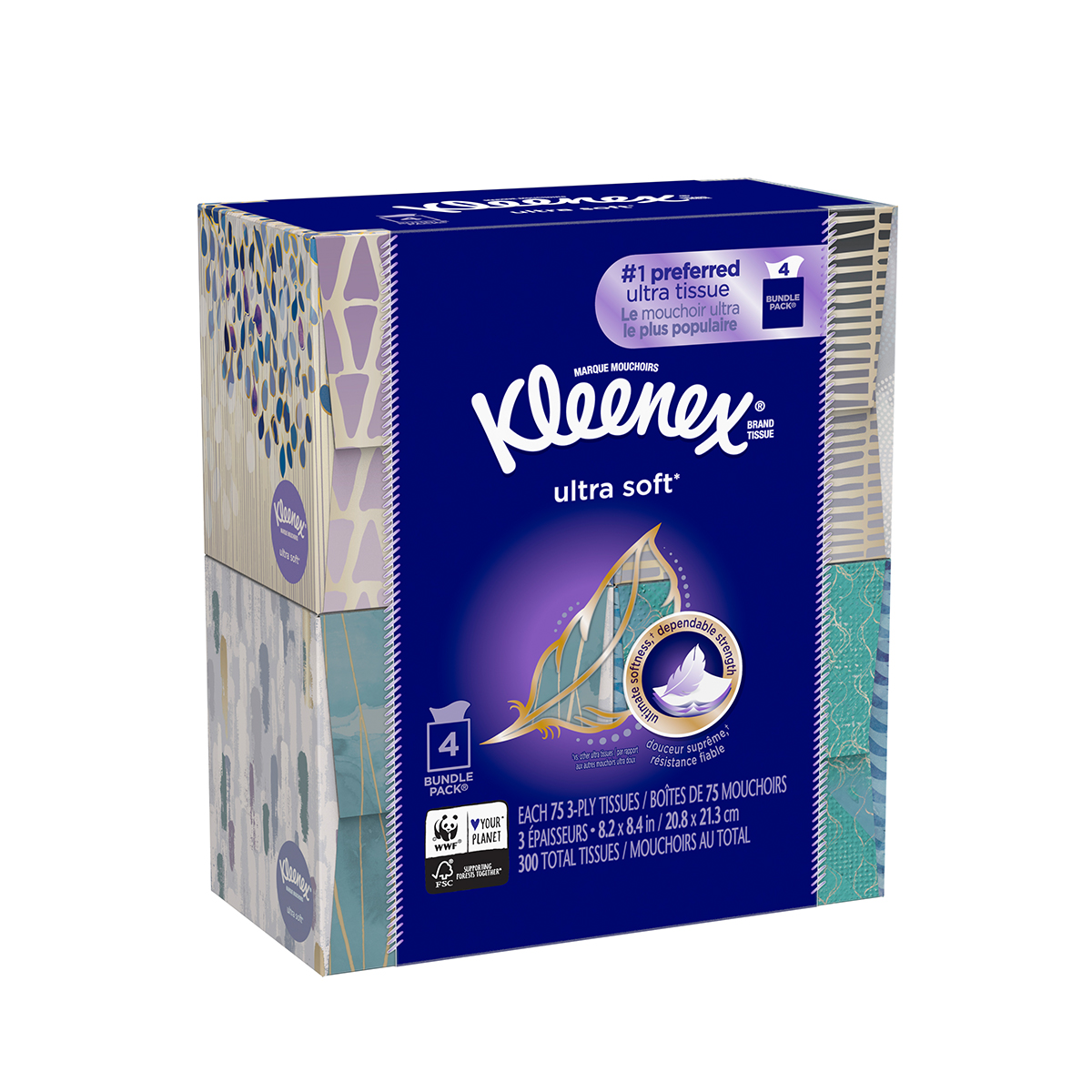
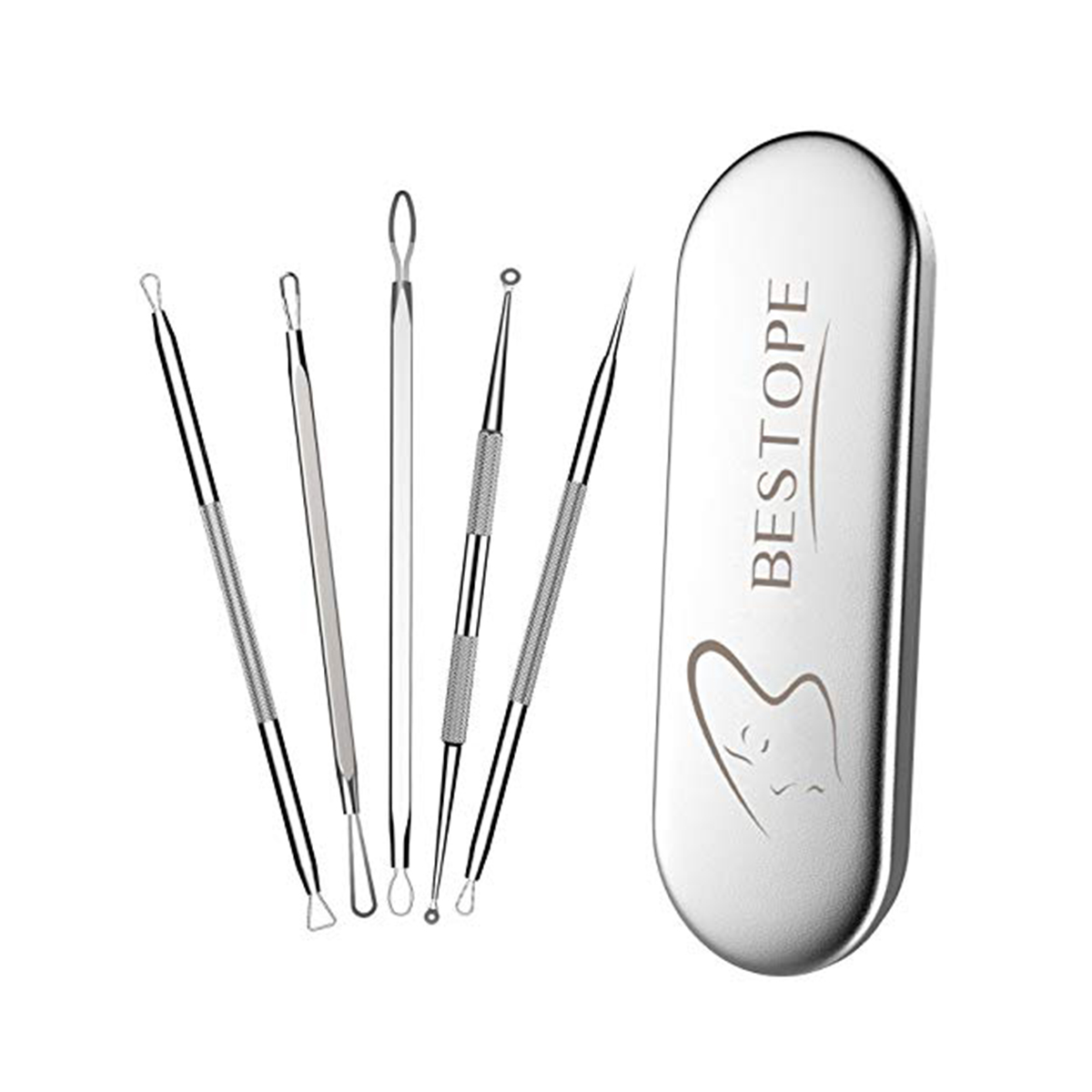
As Rouleau reiterates to me, even once blackheads are extracted, it's easy for them to creep back up again—and it can happen fast. Thus, keeping them under control is all about vigilance and regular skincare maintenance; note that certain types of products and ingredients will be a lot more helpful to you than others.
For instance, Rouleau doesn't recommend pore strips (as satisfying and tempting as they may seem) because when there is a blackhead—aka a blockage of hardened oil—it really needs to be gently extracted manually, and a strip just won't be as effective as the industry would like us to think. Below, we're outlining the strategic products and ingredients that will help slow down or reduce the appearance of blackheads.
"Once the pores are clean, it's important to incorporate products into your routine that use acids, such as AHAs and BHAs, to absorb directly into the pores and keep them cleaned out, as well as preventing the oil from filling back up so quickly," Rouleau tells me.
Everything from acid-containing cleansers to serums to at-home peels are fair game, but just heed Rouleau's advice and ensure the products you're choosing are gentle and don't contain SD alcohol 40 or denatured alcohol. Another important tip? Steer clear of acid-based products for at least 24 hours after professional or DIY manual extractions.
After that 24-hour window, however, choose from my favorite three formulas below! (I've been hooked on Rouleau's line for almost a year now and have seen a dramatic decrease in the rate and intensity of my blackheads.)
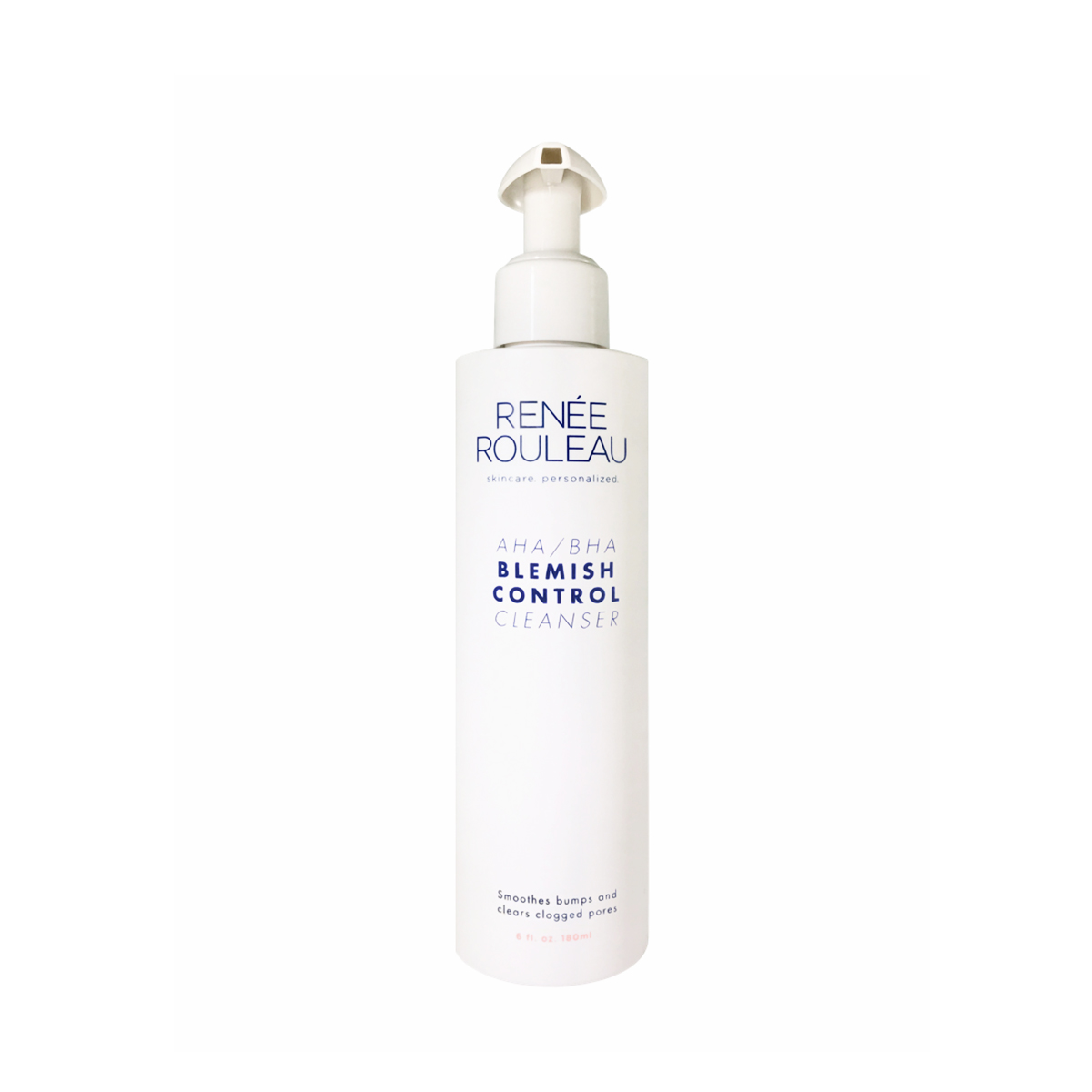
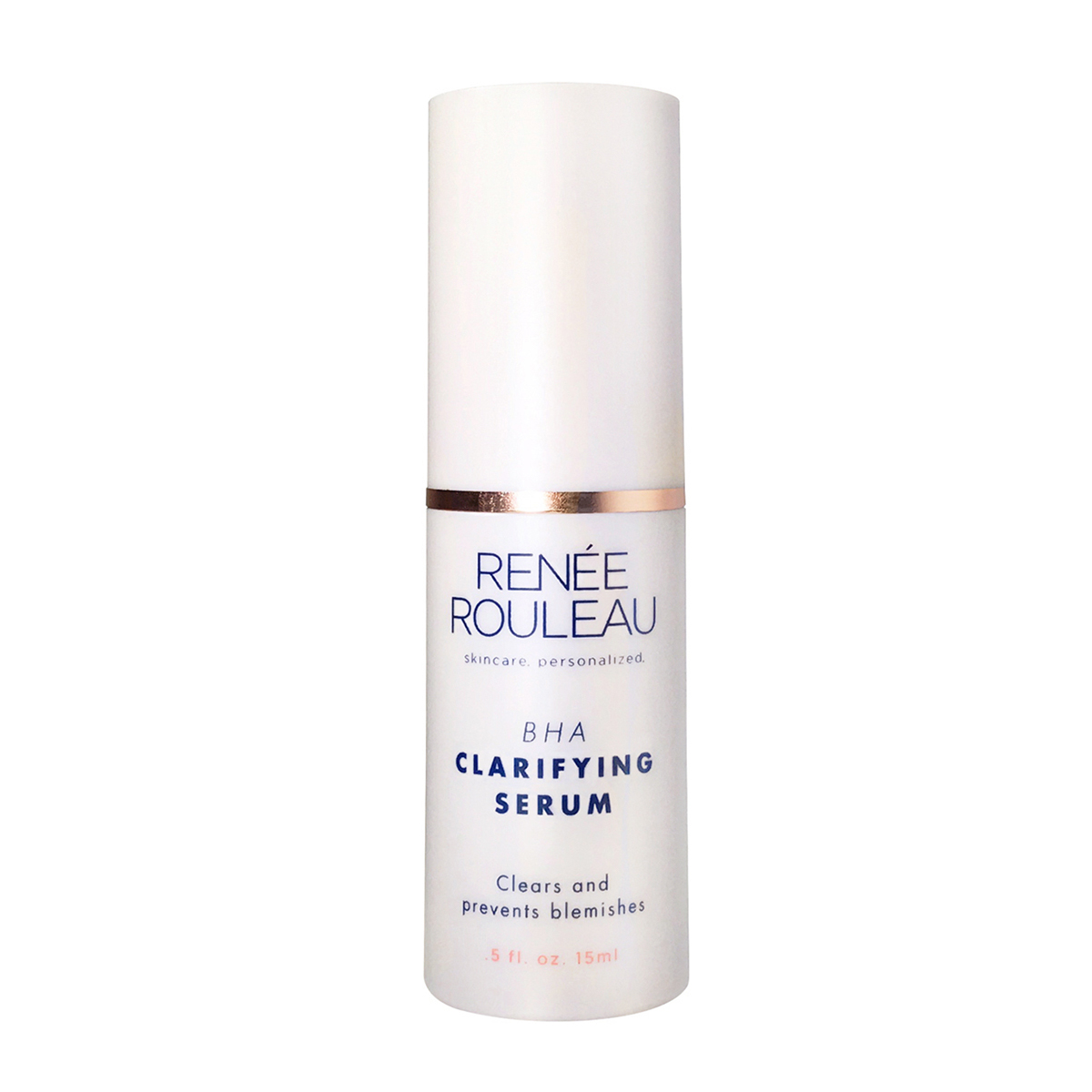
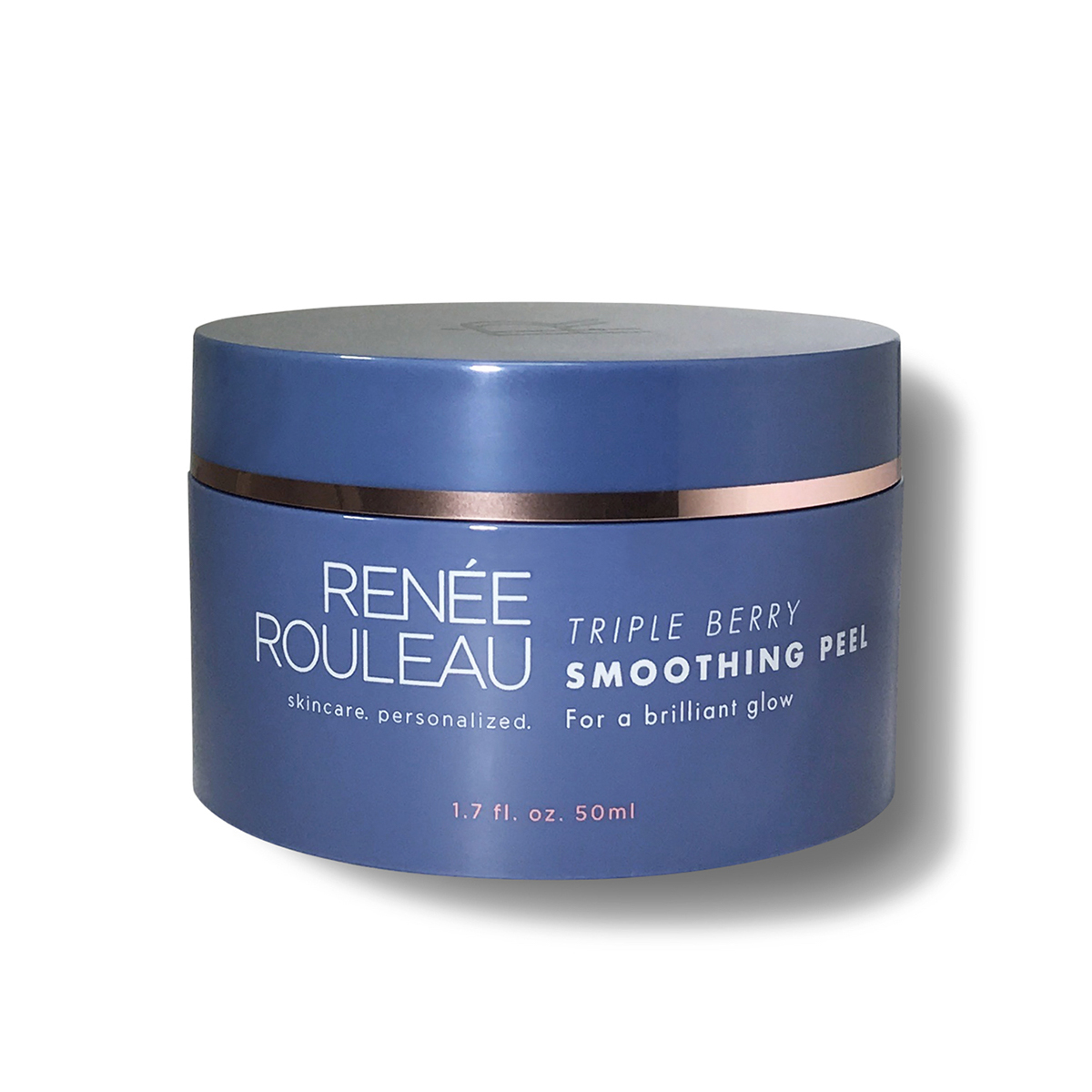
Preventing the oxidation process from the get-go is a key part of lessening the appearance of blackheads. "Antioxidants used in skincare products have many benefits, such as encouraging collagen production, lightening discoloration, and slowing down the production of skin-damaging free radicals, but one surprising benefit is their ability to prevent oil from oxidizing, hence the name antioxidants, meaning' antioxidation,'" shares Rouleau. "I can't speak for all antioxidant products, but I can tell you for certain that our Vitamin C & Treatment uses three forms of stable, no-sting vitamin C, which makes this product not only suitable for preventing blackheads but a great option for sensitive skin too."
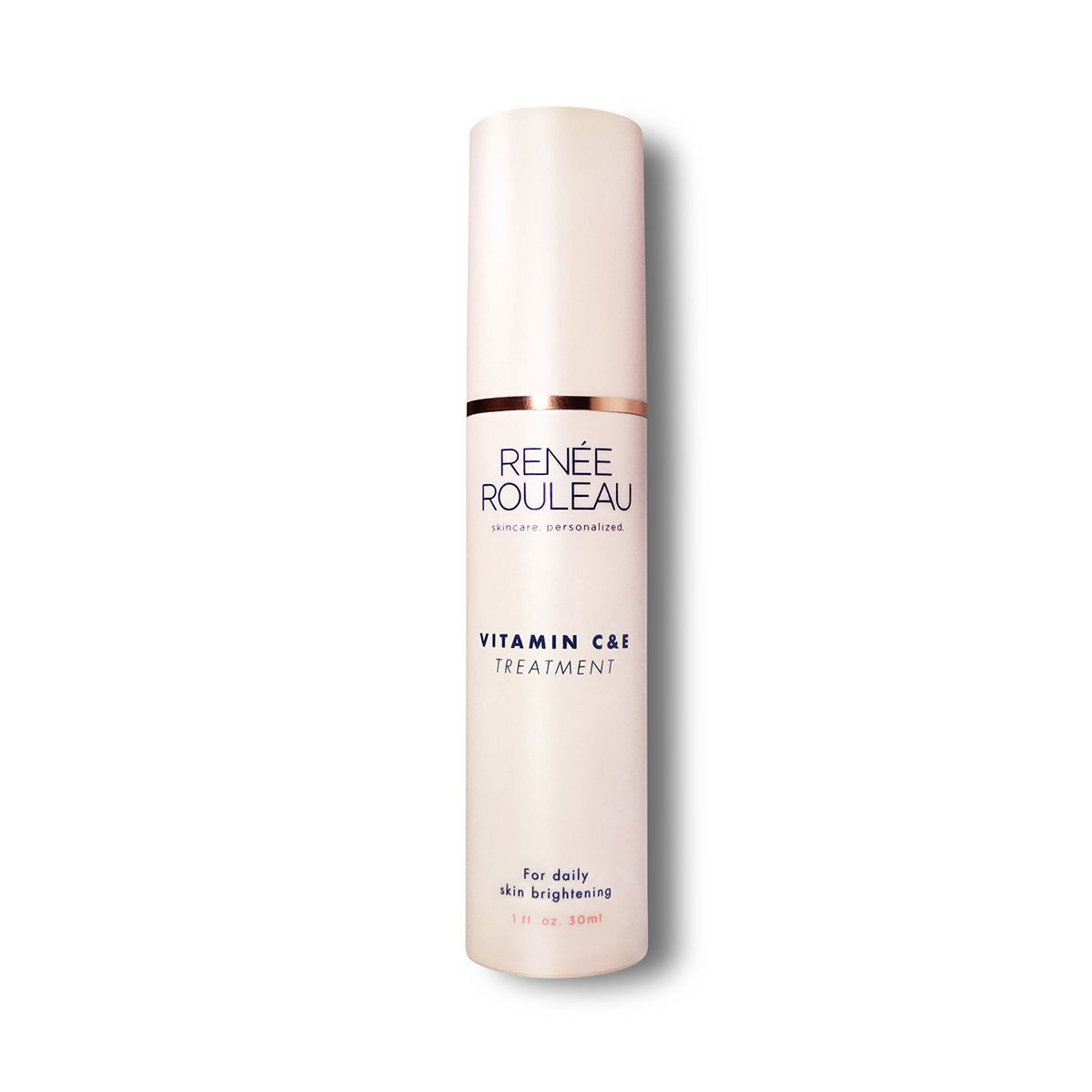
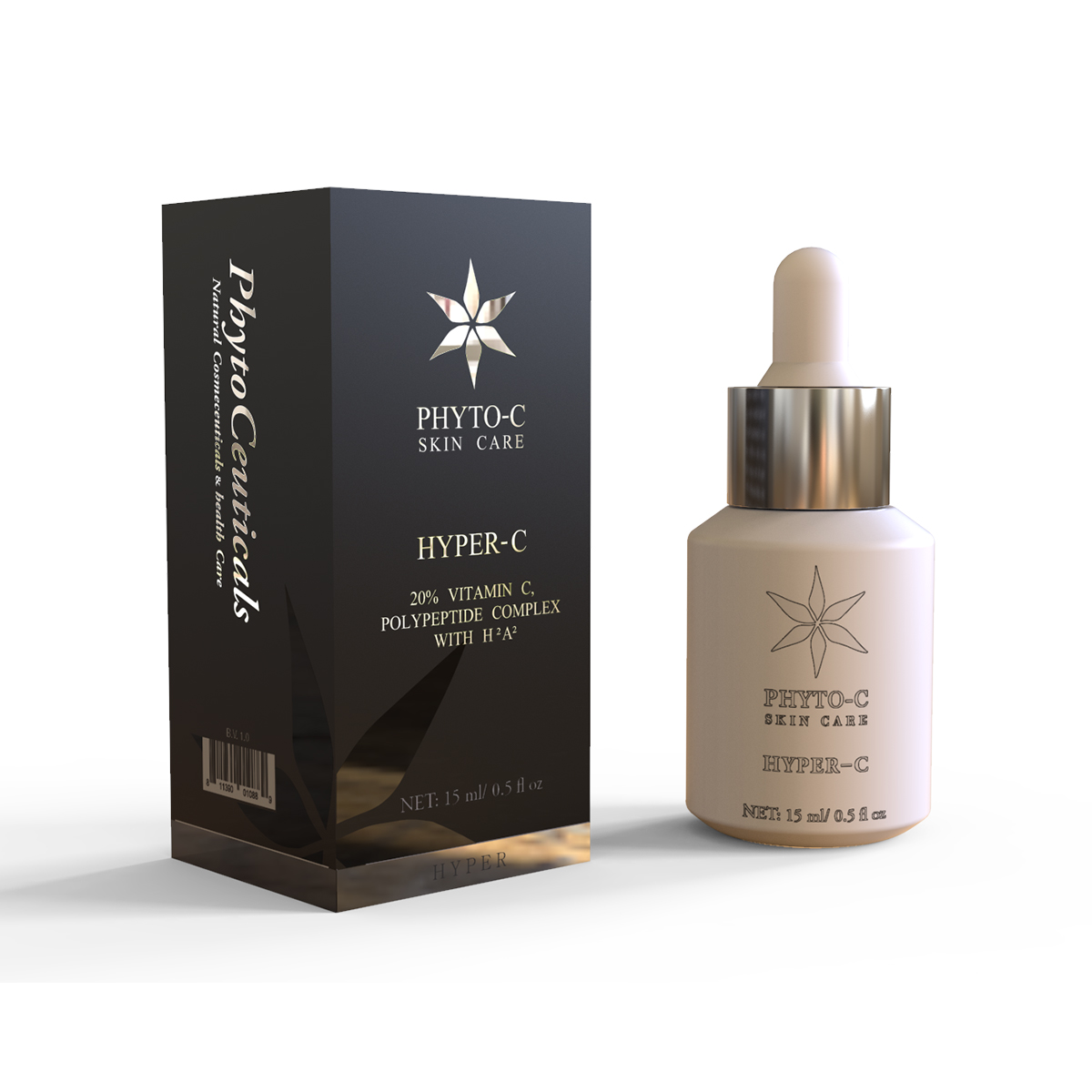
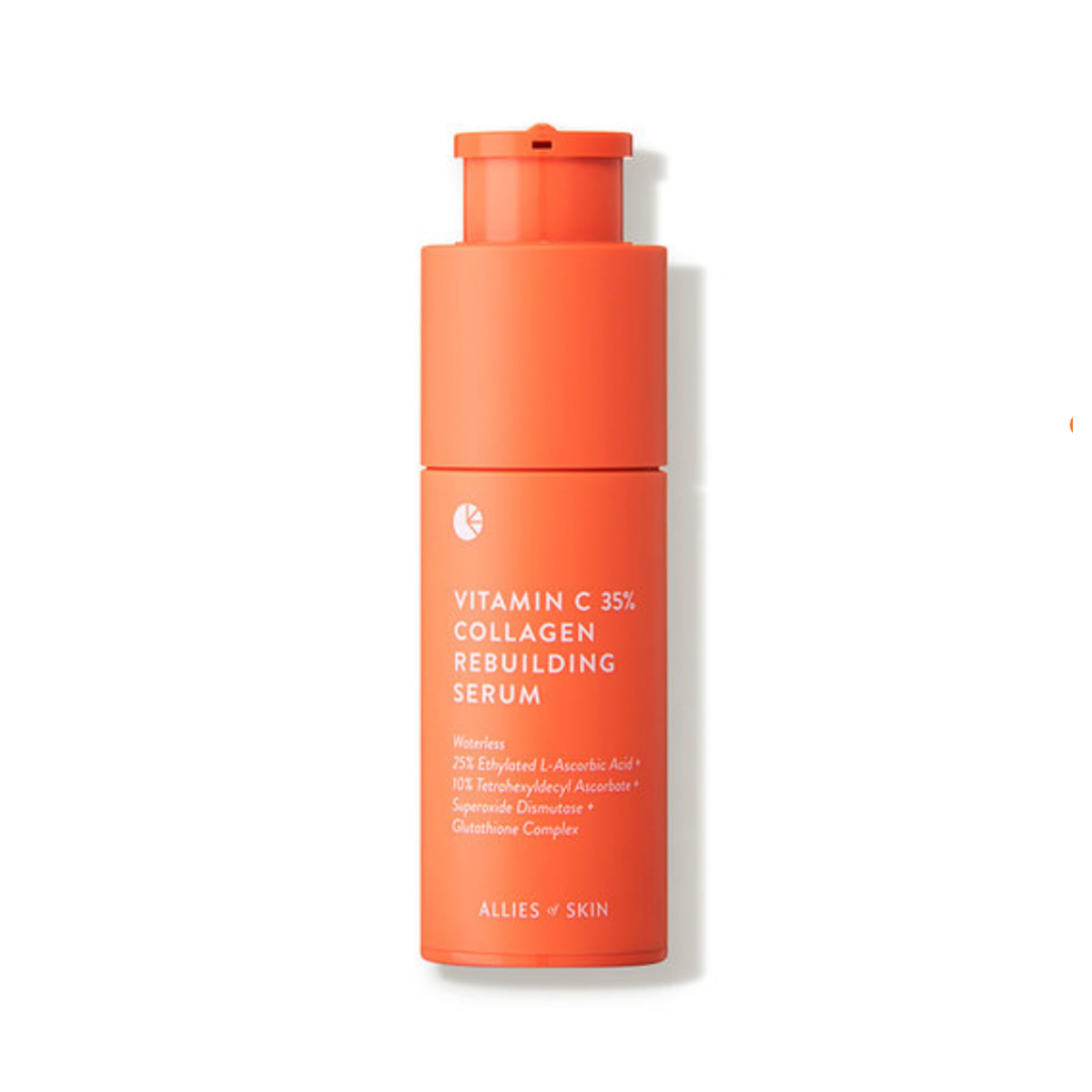
"Most people experience blackheads at some point in their life, and there are tons of products out there that claim to get rid of them but sadly never do," says Rouleau, "so I've created a three-step plan to reduce blackheads."
Step 1: Manually remove the blackheads. Whether this is done by a professional or by yourself at home, they have to be manually extracted. No magic mask is going to lift them out!
Step 2: Once you have successfully cleaned the pore and removed the blackhead, the challenge becomes keeping it clean. Add a gentle product with AHAs and BHAs to your routine to help prevent the oil from coming back as quickly.
Step 3: Prevent the oil from oxidizing. A blackhead is oil that has oxidized and turned black, so try to prevent the oil from oxidizing. Use an antioxidant-infused skincare product because they'll boost collagen production, improve hyperpigmentation or discoloration issues, and pump the brakes on the production of free radicals.
Next, I'm a Pimple-Prone Beauty Editor—Here's the Daily Skincare Routine I Swear By
This article was originally published at an earlier date and has been updated.
from Who What Wear https://ift.tt/2RnyONe

No comments